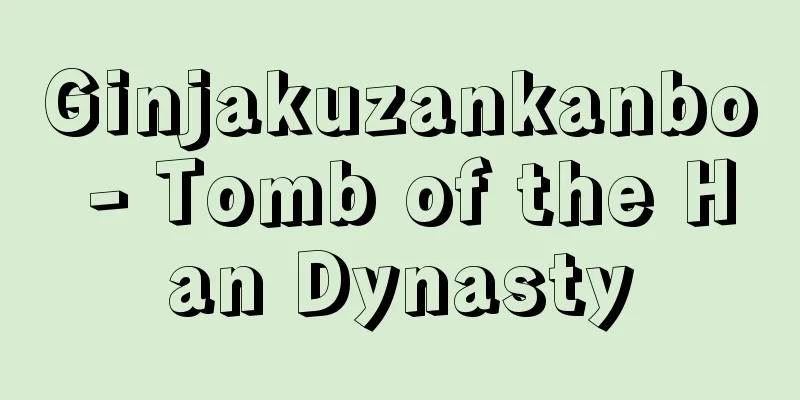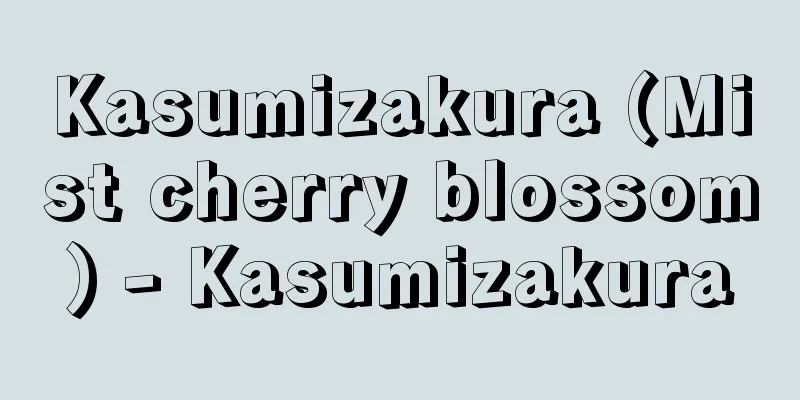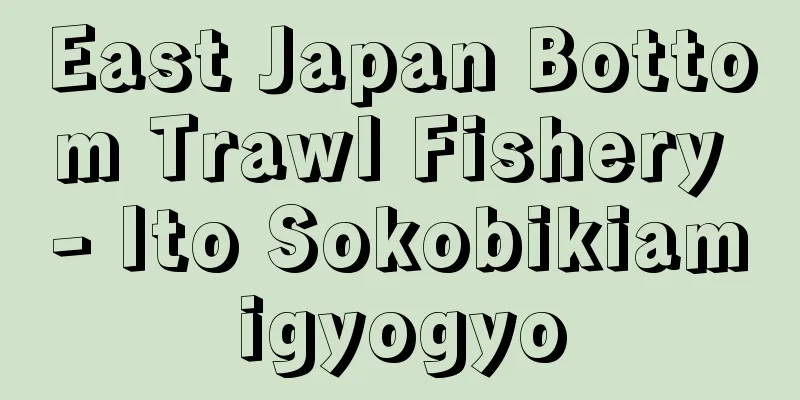Ginjakuzankanbo - Tomb of the Han Dynasty

|
Two tombs from the early Western Han period were discovered in 1972 on a hill in the southern suburbs of Linyi city, Shandong Province, China. They are famous for the discovery of books written on bamboo slips, especially The Art of War. Both tombs were relatively small rectangular pit-type tombs, but Tomb No. 1 contained 4,942 bamboo slips measuring 27.6 cm in length, and Tomb No. 2 contained 32 bamboo slips measuring 69 cm in length. The bamboo slips in Tomb No. 1 are mostly books on military strategy, and through the sorting done so far, books such as "Sun Tzu's Art of War" (105 pieces), "Sun Bin's Art of War" (137 pieces), "Yan Zi Spring and Autumn Annals" (112 pieces), "Liu Tao" (53 pieces), "Wei Liaozi" (32 pieces), "Guanzi" (10 pieces), and "Mozi" (1 piece) have been restored. The bamboo slips in Tomb No. 2 are thought to be a calendar from the first year of the Yuanguang era under Emperor Wu (134 BC). The prevailing theory until now has been that the author of the current version of "The Art of War" is not Sun Tzu from the Spring and Autumn Period, but his descendant Sun Bin from the Warring States Period, and that Sun Tzu is even considered a fictitious character. However, the discovered bamboo strip version of "The Art of War" by Sun Tzu corresponds to the current version of "The Art of War" and the appearance of "The Art of War by Sun Bin" at the same time completely overturned the conventional theory. The fact that no Confucian works were found among the excavated books is said to be related to the "burning of books and burying of scholars" by the First Emperor of Qin. Also, since there were no weapons in the tomb, it seems likely that the buried person was not a warrior but a military strategist. There is also a tomb from the same period at Kinjakzan, next door to the east, where colorful silk paintings (paintings on silk cloth) have been discovered. [Isamu Ogata] Source: Shogakukan Encyclopedia Nipponica About Encyclopedia Nipponica Information | Legend |
|
中国、山東(さんとう/シャントン)省臨沂(りんぎ/リンイー)市の南郊の丘で、1972年に発見された二つの前漢時代前半期の墓。竹簡(ちくかん)(竹の札(ふだ))に書かれた書籍、とくに『孫子(そんし)』が出土したことで有名。2墓とも比較的小さな長方形竪穴(たてあな)式のものであったが、1号墓からは、長さ27.6センチメートルの竹簡4942枚、2号墓からは長さ69センチメートルの竹簡32枚がそれぞれ発見された。1号墓の竹簡はおおむね兵法書であり、これまでの整理により、『孫子兵法』(105枚)、『孫臏(そんびん)兵法』(137枚)、また『晏子春秋(あんししゅんじゅう)』(112枚)、『六韜(りくとう)』(53枚)、『尉繚子(うつりょうし)』(32枚)、『管子』(10枚)、『墨子(ぼくし)』(1枚)などの書物が復原された。2号墓の竹簡は、武帝の元光(げんこう)元年(前134)の暦であるらしい。 現行本の『孫子』の著者は、春秋時代の孫武(そんぶ)ではなくて、その子孫である戦国期の孫臏(そんびん)とする説がこれまで有力であり、孫武は架空の人物であるとまでされてきた。しかし発見された竹簡本『孫子兵法』がいまの『孫子』に相当し、同時に『孫臏(そんびん)兵法』が現れたことにより、従来の定説は一気に覆された。 出土した書物のなかに儒家の著作が認められないことは、秦(しん)の始皇帝(しこうてい)の「焚書坑儒(ふんしょこうじゅ)」に関係があるとされている。また被葬者は、墓中に武器の類がいっさいないことから、武人ではなく兵法学者であったらしい。なお東隣の金雀山(きんじゃくざん)にも同時代の墓があり、色彩豊かな帛画(はくが)(絹布に描かれた絵)が発見されている。 [尾形 勇] 出典 小学館 日本大百科全書(ニッポニカ)日本大百科全書(ニッポニカ)について 情報 | 凡例 |
<<: Kinshasa - Kinshasa (English spelling)
>>: Kinsha (golden gauze) - car
Recommend
River pollution
For humans, rivers are one of the most familiar wa...
Yellow Dog Contract
・Yellow-dog contract -A yellow dog contract is an ...
Vertebral vertebrae
...The main ones are Tsukigane (thrust bell), Hon...
thermal efficiency
…In reality, it is not possible to extract all th...
Rock cherry - Rock cherry
A perennial plant of the Primulaceae family (APG ...
Anionic Surfactant - Anionic Sponge Surfactant
A general term for surfactants that have anionic h...
Archaeometry
…Conservation science can be defined as the natur...
Okutateshina Onsenkyo - Okutateshina Onsenkyo
A general term for a group of hot springs on the ...
Dayan, Moshe
Born: May 20, 1915 in Degania [Died] October 16, 1...
Anrakuji Temple (Fukui) - Anrakuji Temple
...Agriculture is the main industry, and in addit...
Hallstatt culture
A culture from the Bronze Age to the Iron Age fou...
Warner
1892‐1978 American film entrepreneur and producer....
Resorcinol
A colorless crystal of 1,3-dihydroxybenzene. Also ...
Awabunegai - Awabunegai (English spelling) slipper shell
A gastropod shell of the family Caribagatidae in ...
Arab Socialist Union
...The leadership was formed by a core of Free Of...






![Alborz [Mountains] - Alborz](/upload/images/67cf48a36ebad.webp)


